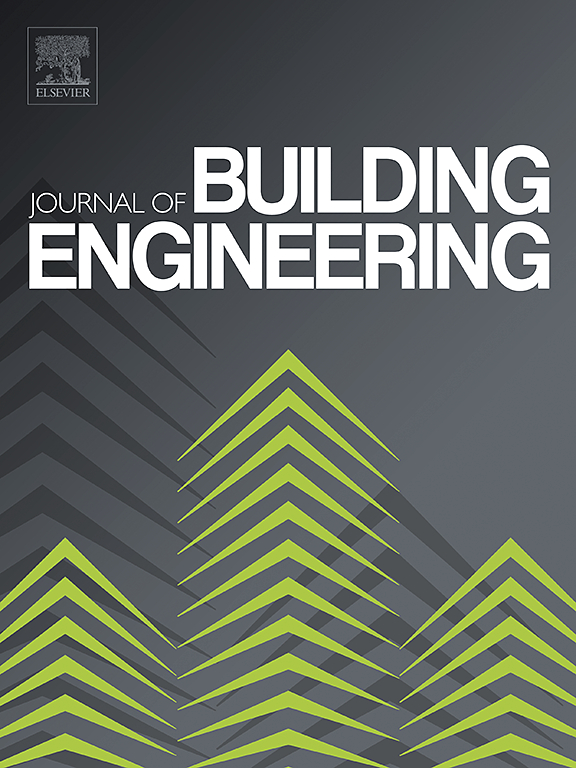Uncovering the potential of titanium-bearing pickling sludge as a new supplementary cementitious material: Modification, performance and leaching safety
IF 6.7
2区 工程技术
Q1 CONSTRUCTION & BUILDING TECHNOLOGY
引用次数: 0
Abstract
The titanium-bearing pickling (TP) sludge from titanium processing industry is the hazardous solid waste that remains to be utilized harmlessly and resourcefully. It consists of 34 % calcium, 18 % fluorine, 15 % titanium and high leaching toxic of heavy metals, but the most of TP sludge was still landfilled with huge environmental hazards, and the utilization studies are rare. Hence, the study proposed to upcycle this sludge by the light calcination modification, the effects of calcined lightly TP sludge (LTP sludge) on cement properties and leaching safety were investigated by XRD, SEM, MIP, BCR, etc. The results revealed that light calcination (600 °C/700 °C/800 °C for 2h) assisted the formation of anatase and fluorite, and induced transformation from anatase to rutile, the calcined LTP sludge presented larger particle size, smaller specific surface area and the different microstructure. The addition of TP sludge into cement even induced the water requirement reach 33.2 % couple with the prolonged setting time and weak strength, the calcined LTP sludge reversed the above inhibition effects, its addition could accelerate hydration process, dense the hydrated matrix with improved pore distribution and lower porosity, also reduce water requirement, shorten setting time and promoted the strength. The 3d and 28d compressive strength of cement prepared with 15 % calcined LTP sludge under 600 °C reached 27.7 Mpa and 52.9Mpa. Gradual formation of fluorite, rutile and anhydrite in calcined LTP sludge under 800 °C might lead to the deceleration in cement hydration couple with the reduced strength. The amounts of mobile and hazardous metal speciation in the TP sludge are higher than 40 %, but after light calcination modification, F1, F2 and F3 fractions have transformed into F4 (higher than 92 %) in hydrated cement prepared with calcined LTP sludge under 600 °C, the harmful ions hardly escaped from the hydrated matrix and even in the various pH leaching environments.
求助全文
约1分钟内获得全文
求助全文
来源期刊

Journal of building engineering
Engineering-Civil and Structural Engineering
CiteScore
10.00
自引率
12.50%
发文量
1901
审稿时长
35 days
期刊介绍:
The Journal of Building Engineering is an interdisciplinary journal that covers all aspects of science and technology concerned with the whole life cycle of the built environment; from the design phase through to construction, operation, performance, maintenance and its deterioration.
文献相关原料
公司名称
产品信息
阿拉丁
analytical isopropanol
 求助内容:
求助内容: 应助结果提醒方式:
应助结果提醒方式:


